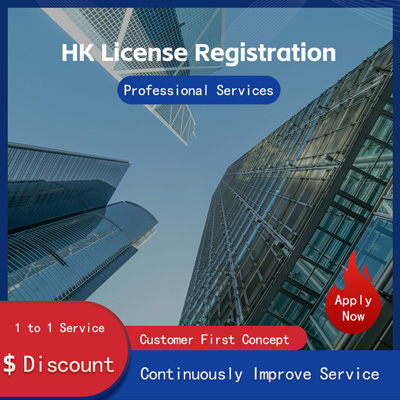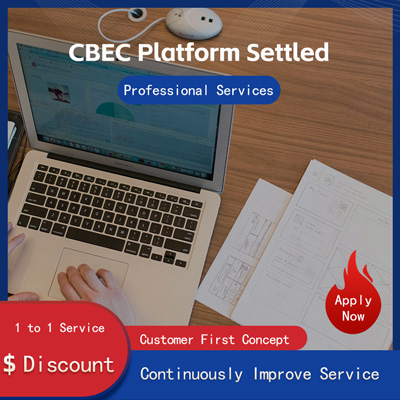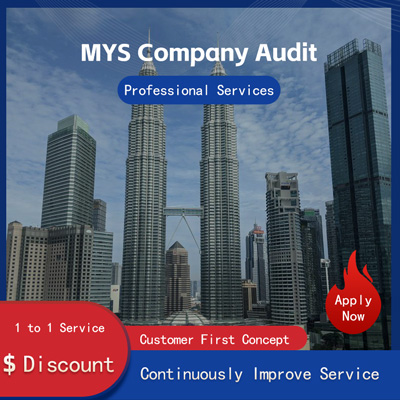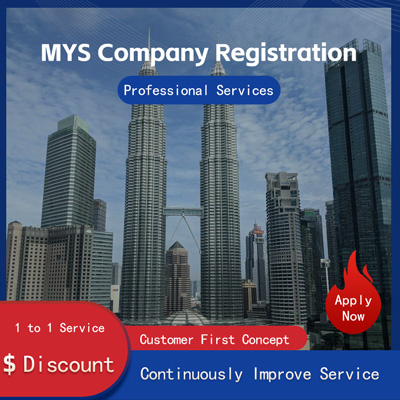
Why Are Final-Mile Delivery Costs Higher in Remote Areas?
Why Are Last-Mile Delivery Costs Higher in Remote Areas?
In the modern logistics system, logistics costs are one of the key factors affecting the efficiency of commodity circulation. As the final link in the entire logistics chain, last-mile delivery costs are often much higher than those of trunk transportation and regional distribution. This phenomenon is particularly significant in remote areas. So why are last-mile delivery costs higher in remote areas? This article will analyze this issue from the perspectives of geographical environment, transportation infrastructure, market demand, and operational models, and discuss it with relevant cases.

Firstly, geographical environment is one of the main reasons for the high cost of last-mile delivery in remote areas. These areas usually have complex terrain, narrow and rugged roads, and even many unpaved roads. For example, due to the large undulations and numerous rivers in the mountainous areas of western China, vehicle passage speeds are slow, fuel consumption increases, and there is an increased need for special transport tools. Adverse weather conditions such as heavy rain and mudslides also occur frequently, further increasing transportation risks and time costs. In contrast, in urban or plain areas, flat road structures and well-developed transportation networks can significantly reduce delivery difficulties, thereby effectively controlling last-mile costs.
Secondly, the backwardness of transportation infrastructure is another key factor leading to higher last-mile costs in remote areas. Although China has increased investment in rural road construction in recent years, compared with developed cities, the road conditions in remote areas remain less than ideal. Statistical data shows that by the end of 2025, more than 30% of administrative villages nationwide still have not achieved hard-surfaced road connections, which directly affects the arrival rate of express delivery vehicles and service quality. Additionally, some remote areas lack necessary warehousing facilities, requiring goods to be transferred multiple times before reaching customers' hands, which inadvertently extends the supply chain and increases additional expenses. In contrast, within urban areas, there are dense logistics network layouts and advanced cold chain systems, enabling rapid responses to consumer needs and effectively reducing end delivery costs.
Thirdly, market demand characteristics also play an important role in influencing last-mile costs. On one hand, remote areas have lower population densities, resulting in fewer and more scattered orders, which raises the average cost per delivery. According to statistics from a certain e-commerce platform, in some remote counties and towns, the cost per single express delivery is nearly twice as high as in major cities. On the other hand, due to differences in consumption habits, online shopping behavior in remote areas exhibits distinct seasonal and fluctuating characteristics. For instance, the shopping peak during the Spring Festival tide puts significant pressure on logistics enterprises to meet temporary delivery demands. Meanwhile, stable daily consumer demand in urban markets provides a solid foundation for enterprises to formulate reasonable pricing strategies.
Finally, existing operational models also contribute to higher last-mile costs in remote areas. Currently, most courier companies adopt a franchise management model, where conflicts of interest exist between branches, leading to inconsistent service quality. Especially in remote areas, franchisees tend to choose low-price competition strategies to maintain their livelihoods, thus compressing profit margins. At the same time, due to the lack of unified planning and technical support, traditional manual sorting methods still dominate, making it difficult to adapt to modern logistics development requirements. By contrast, experiences from developed countries show that introducing intelligent sorting equipment and optimizing route designs can not only improve operational efficiency but also significantly reduce end delivery costs.
In conclusion, the higher last-mile delivery costs in remote areas result from multiple factors working together. To address this challenge, we need to focus on improving infrastructure construction, innovating business models, and enhancing technological support to gradually narrow the gap in logistics between urban and rural areas. Only then can we truly achieve smooth last-mile delivery and ensure that every consumer enjoys convenient and efficient logistics services. For example, in recent years, SF Express has launched a drone delivery pilot project targeting remote mountainous areas, successfully solving the problem of direct connection for some remote villages; JD Logistics has developed a complete rural logistics solution based on its strong technological capabilities, effectively improving end delivery efficiency and service levels. With technological advancements and joint efforts from all sectors of society, future last-mile delivery costs in remote areas will undoubtedly be better controlled, injecting new vitality into regional economic development.
Still have questions after reading this? 26,800+ users have contacted us. Please fill in and submit the following information to get support.

Previous Article
What Is the Standard for Last-Mile Service Providers' Package Loss Rate?
May 16, 2025Service Scope
MoreRecommended for You
- Taipei Amazon Card Delivery Fee Quotation Table
- The Meaning of Last-Mile Logistics Accounts
- What Is Less-Than-Truckload LTL Freight Road Transportation?
- What Are Less-Than-Truckload LTL Cargo?
- Meaning of LTL in Logistics
- Difference Between Maersk Card Delivery and UPS Delivery
- LTL vs. FT Freight Rate Comparison Analysis
- Revealed Charging Standards for LTL Transportation Routes
- Taipei Amazon Card Agent Price
- Who Should Be Responsible for Printing Last-Mile Delivery Labels
- Definition and Form of Less-Than-Truckload LTL Transportation
- Pinduoduo's Semi-Hosted Last-Mile Model Explained
- How Much Are Taipei Amazon Card Delivery Fees?
- Is Less-Than-Truckload Shipping Right for You?
- Comparison of Service Time Efficiency and Costs for USPS
- What Warehouses Are Included in US Car Zone 1?
- LTL Direct Transport Price
- Is Final-Mile Freight Cost Calculated by Volumetric Weight?
- LTL Freight Shipping What’s the Approximate Shipping Cost?
- What Does the Term Last-Mile Operator Mean?


 ONE
ONE









Customer Reviews
Small *** Table
December 12, 2024The experience was very good. I was still struggling to compare it with other companies. I went to the site a few days ago and wanted to implement it as soon as possible. I didn't expect that everything exceeded my expectations. The company is very large, with several hundred square meters. The employees are also dedicated and responsible. There is also a wall of certificates. I placed an order on the spot. It turned out that I did not make a wrong choice. The company's service attitude is very good and professional. The person who contacted me explained various things in detail in advance. After placing the order, the follow-up was also very timely, and they took the initiative to report the progress to me. In short, I am very satisfied and recommend this company!
Lin *** e
December 18, 2024When I first consulted customer service, they recommended an agent to me. They were very professional and patient and provided excellent service. They answered my questions as they came in. This 2-to-1 service model is very thoughtful. I had a lot of questions that I didn’t understand, and it’s not easy to register a company in Hong Kong. Fortunately, I have you.
t *** 7
December 19, 2024I originally thought that they only did mainland business, but I didn’t expect that they had been doing Hong Kong business and were doing very well. After the on-site interview, I decided to ask them to arrange the registration of my Hong Kong company. They helped me complete it very quickly and provided all the necessary information. The efficiency was awesome. It turns out that professional things should be done by professionals.👍
b *** 5
December 16, 2024In order to register a company in Hong Kong, I compared many platforms and stores and finally chose this store. The merchant said that they have been operating offline for more than 10 years and are indeed an old team of corporate services. The efficiency is first-class, and the customer service is also very professional.